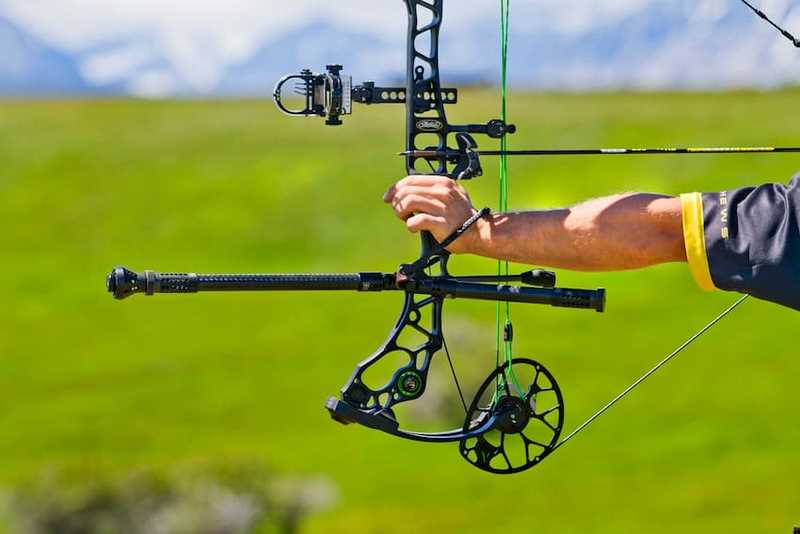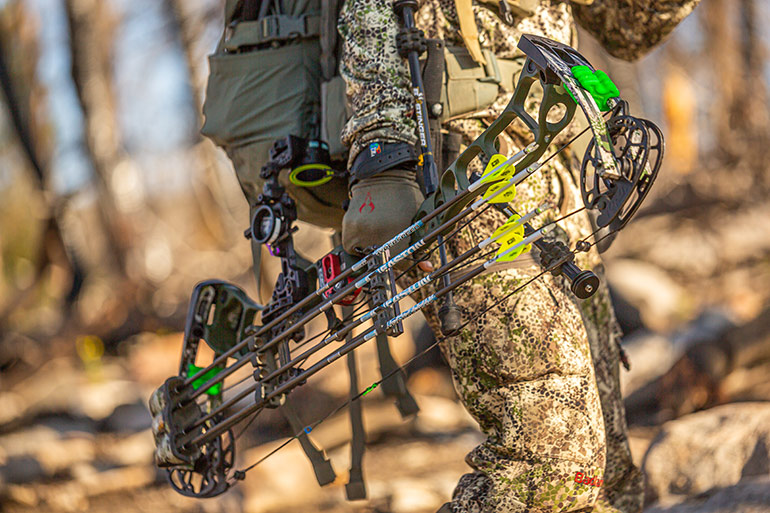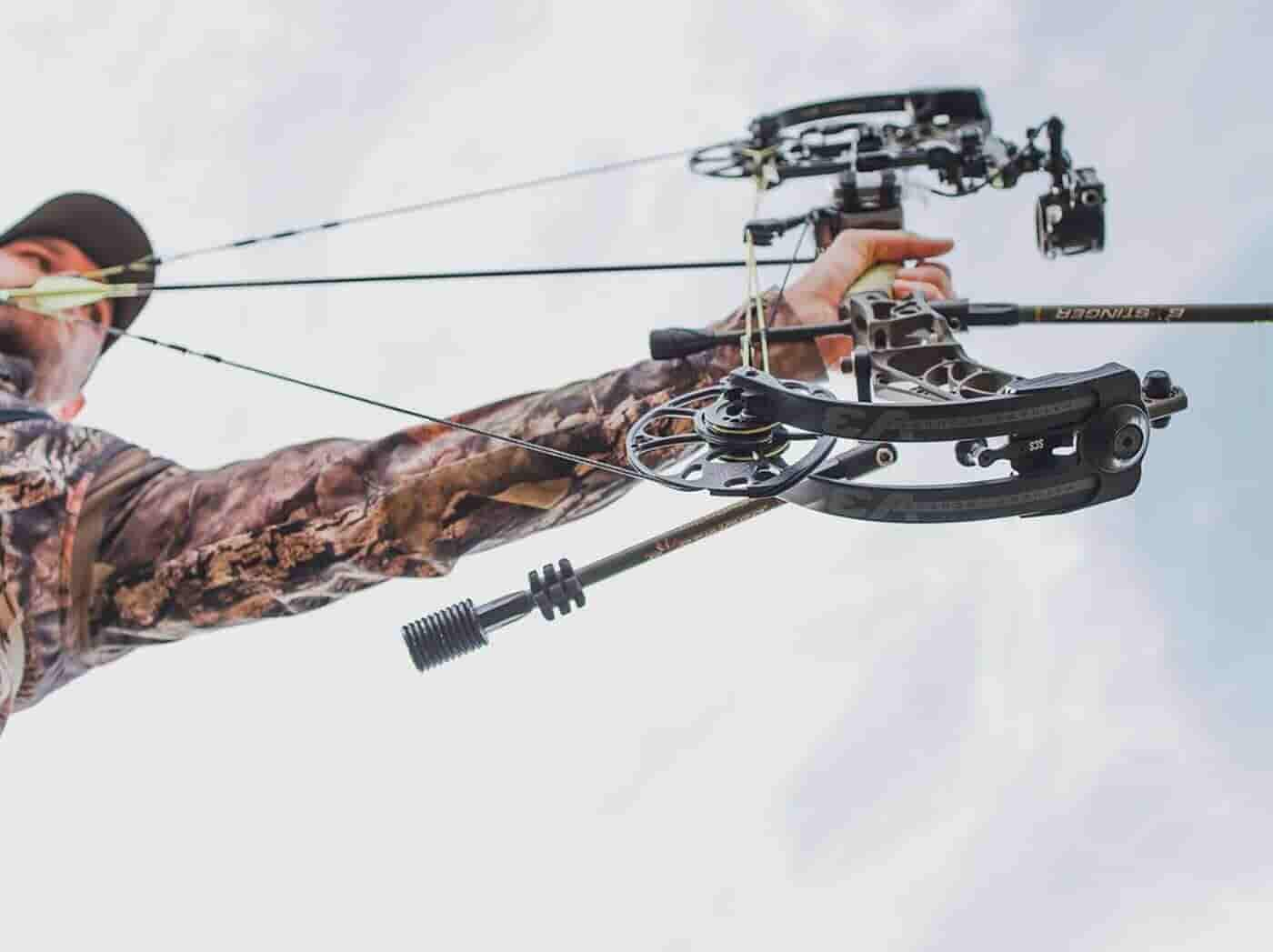Optimize Your Shot: Choosing the Right Archery Stabilizer
Optimize Your Shot: Choosing the Right Archery Stabilizer
Blog Article
Master the Art of Archery: Comprehending the Relevance of a Stabilizer in Your Arrangement
Whether one is a seasoned archer or just starting their trip, the value of a stabilizer in their setup can not be overemphasized. By understanding the benefits of utilizing a stabilizer, considering the ideal factors when selecting one, and correctly mounting and changing it, archers can boost their skills to brand-new elevations.
The Role of a Stabilizer in Archery
A stabilizer plays a critical duty in archery by enhancing balance and reducing resonances throughout the shot. A stabilizer helps to combat these vibrations by dissipating the power and soaking up (archery stabilizer).
One of the main advantages of a stabilizer is its capacity to boost equilibrium. The weight of the stabilizer aids to disperse the weight evenly, decreasing the stress on the archer's arm and boosting security.
In enhancement to equilibrium, a stabilizer likewise assists to minimize torque. The weight and style of a stabilizer neutralize this rotation, making sure a much more exact and regular shot.
Advantages of Making Use Of a Stabilizer
The utilization of a stabilizer in archery supplies various benefits that enhance an archer's efficiency and overall capturing experience. By absorbing and wetting these vibrations, the stabilizer improves the stability of the bow, permitting for more constant and specific shots.
Second of all, a stabilizer helps to stabilize the bow by including weight to the front end. This weight distribution combats the all-natural tendency of the bow to tip onward upon launch, decreasing the quantity of activity and enhancing the archer's capability to keep purpose on target.

Lastly, a stabilizer can also serve as a shock absorber, minimizing the shock and recoil experienced upon launch. This not only improves the comfort of capturing yet also decreases the risk of injury or stress on the archer's body.
Exactly How a Stabilizer Improves Precision
Enhancing the accuracy of an archer's shots, a stabilizer plays an important duty in enhancing general efficiency. archery stabilizer. By adding security to the bow, a stabilizer helps minimize the undesirable movement and vibration that can occur during a shot. This reduction in movement enables the archer to keep a constant objective, causing more exact and consistent shots

Additionally, a stabilizer aids to moisten vibrations that take place upon release. These vibrations can create the acquiesce shake, affecting the arrow's trajectory and accuracy. By absorbing and dissipating these vibrations, a stabilizer helps to keep the bow's stability and make sure a smooth and precise shot.
In addition, a stabilizer can likewise assist in balancing the weight distribution of the bow (archery stabilizer). By including weight to the front of the bow, a stabilizer assists to balance the weight of accessories, such as views or quivers, which might be affixed to the bow. This balanced weight distribution aids the archer preserve a controlled and constant shooting placement, leading to enhanced accuracy
Aspects to Consider When Selecting a Stabilizer
When picking a stabilizer for your bow, it is important to consider a number of aspects that will certainly add to its overall effectiveness and suitability for your private shooting style. The very first aspect to take into consideration is the size of the stabilizer.
Another factor to consider is the weight of the stabilizer. The weight of the stabilizer can affect the balance of your bow. A much heavier stabilizer can assist to boost and reduce vibrations stability, leading to a steadier shot. A lighter stabilizer may be chosen by shooters who prioritize maneuverability and rate.
In addition, it is vital to take into consideration the layout and building and construction of the stabilizer. Some stabilizers have flexible functions, such click reference as adjustable length or adjustable weights, which permit you to personalize the stabilizer to your particular needs. The materials made use of in the building and construction of the stabilizer can likewise impact its effectiveness. Carbon fiber stabilizers are light-weight and sturdy, while aluminum stabilizers offer an equilibrium in between weight and rigidness.
Finally, it is necessary to consider your shooting design and preferences. Various stabilizers may function much better for particular shooting styles, such as target capturing or hunting. It is advisable to speak with skilled archers or specialists to figure out which stabilizer will finest match your private demands. On the whole, taking into consideration these factors will certainly help make sure that you choose a stabilizer that boosts your shooting experience and improves your precision.
Tips for Correctly Adjusting a stabilizer and setting up
Appropriate installment and adjustment of a stabilizer is important for maximizing its efficiency and making sure optimum shooting accuracy. When setting up a stabilizer, it is essential to follow a few crucial steps to ensure its performance. Identify the proper size of the stabilizer based on your capturing design and choices. Longer stabilizers provide more stability but can be less maneuverable, while shorter stabilizers provide raised ability to move yet may give up security. Connect the stabilizer to the bow utilizing the offered installing equipment as soon as you have actually picked the ideal size. Make certain that the stabilizer is firmly attached and straightened with the bow's riser.
After setting up the stabilizer, it is essential to make modifications to achieve the wanted balance and shot uniformity. Start by readjusting the weight distribution check out here along the stabilizer. Additionally, consider readjusting the angle of the stabilizer to fine-tune the shot.

Conclusion
In final thought, a stabilizer plays an important role in archery by improving precision and minimizing bow torque. When selecting a stabilizer, elements such as material, size, and weight must be taken into consideration to fulfill specific requirements.
Additionally, a stabilizer can additionally help in balancing the weight circulation of the bow. By including weight get redirected here to the front of the bow, a stabilizer aids to stabilize the weight of devices, such as sights or quivers, which may be attached to the bow. Some stabilizers have flexible features, such as flexible length or flexible weights, which allow you to personalize the stabilizer to your particular demands. Carbon fiber stabilizers are durable and light-weight, while light weight aluminum stabilizers use an equilibrium between weight and rigidness.
Longer stabilizers supply even more stability yet can be much less manoeuvrable, while shorter stabilizers provide raised maneuverability yet may compromise stability.
Report this page